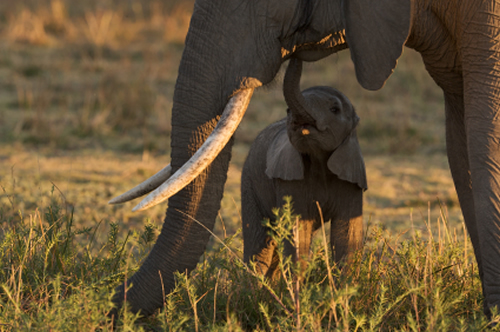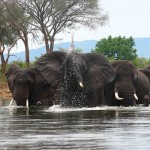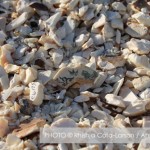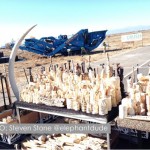
Zambia is again considering a plan to sell its ivory stockpile, which it claims is too expensive to maintain.
Tourism minister Given Lubinda told Reuters that if CITES does not approve Zambia’s request, it may be necessary to destroy the ivory.
In 2010, Zambia’s bid to downlist its elephant population from Appendix I to Appendix II and sell 21,692.23 kg (24 tons) of ivory to trading partners Japan and China was rejected. Zambia had also hoped to “collect hides and trade them” as well as increase its sport hunting quota to 120 elephants annually (“240 tusks per year”), according to the failed proposal.
Steven Broad, Executive Director of TRAFFIC noted at the time that “WWF and TRAFFIC believe the key driving force behind the ongoing elephant poaching is the continued existence of illegal domestic ivory markets across parts of Africa and Asia”.
Earlier this year, more than three tons of ivory were stolen from the Zambia Wildlife Authority (ZAWA) strongroom.
The facility was described in Zambia’s 2010 proposal as “a newly constructed and modern strong room with a computerized ivory database fully installed and functional, and the premises is under 24 hours armed surveillance”.
Although two game scouts were arrested for the ivory theft, the Zambian Watchdog claimed that foreign affairs and tourism minister Given Lubinda and ZAWA director general Edwin Matokwane were “suspects” who wanted to “disguise the scam” by accusing “innocent employees”.
Zambian wildlife authorities state that the country’s elephant population is 27,000 and increasing.
Last month, a five-ton ivory stockpile was destroyed in Gabon. President Ali Bongo lit the ivory pyre to demonstrate his country’s commitment to taking action against illegal wildlife trade.
Image © iStockphoto.com




